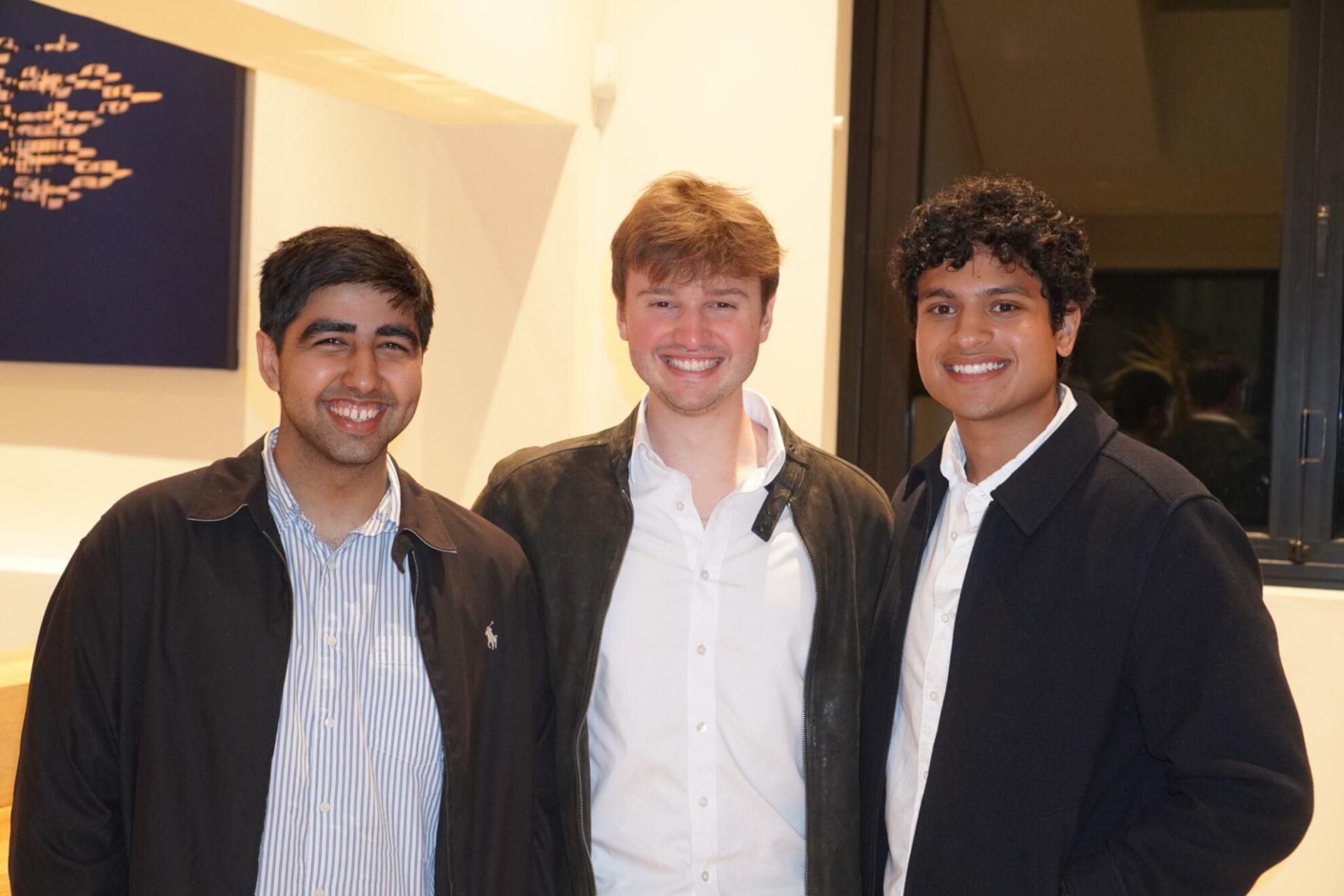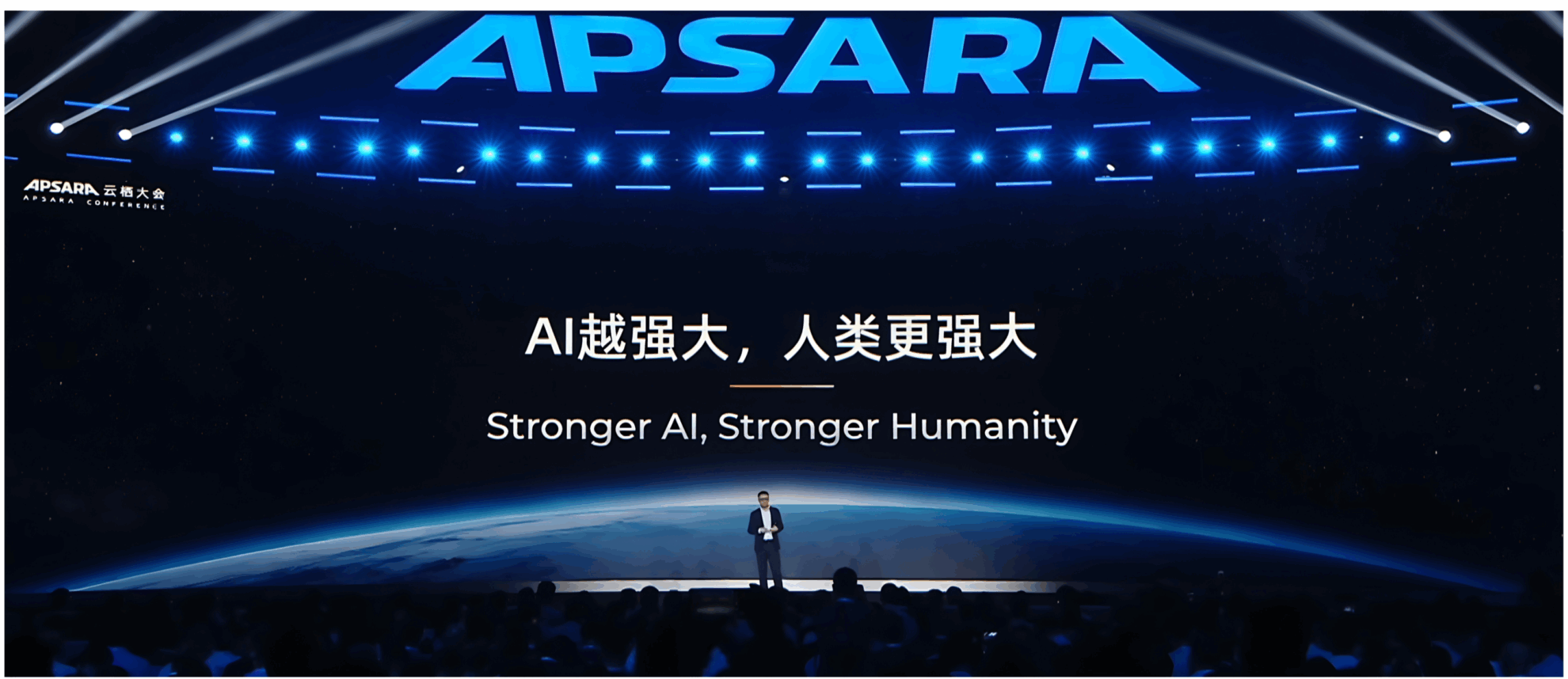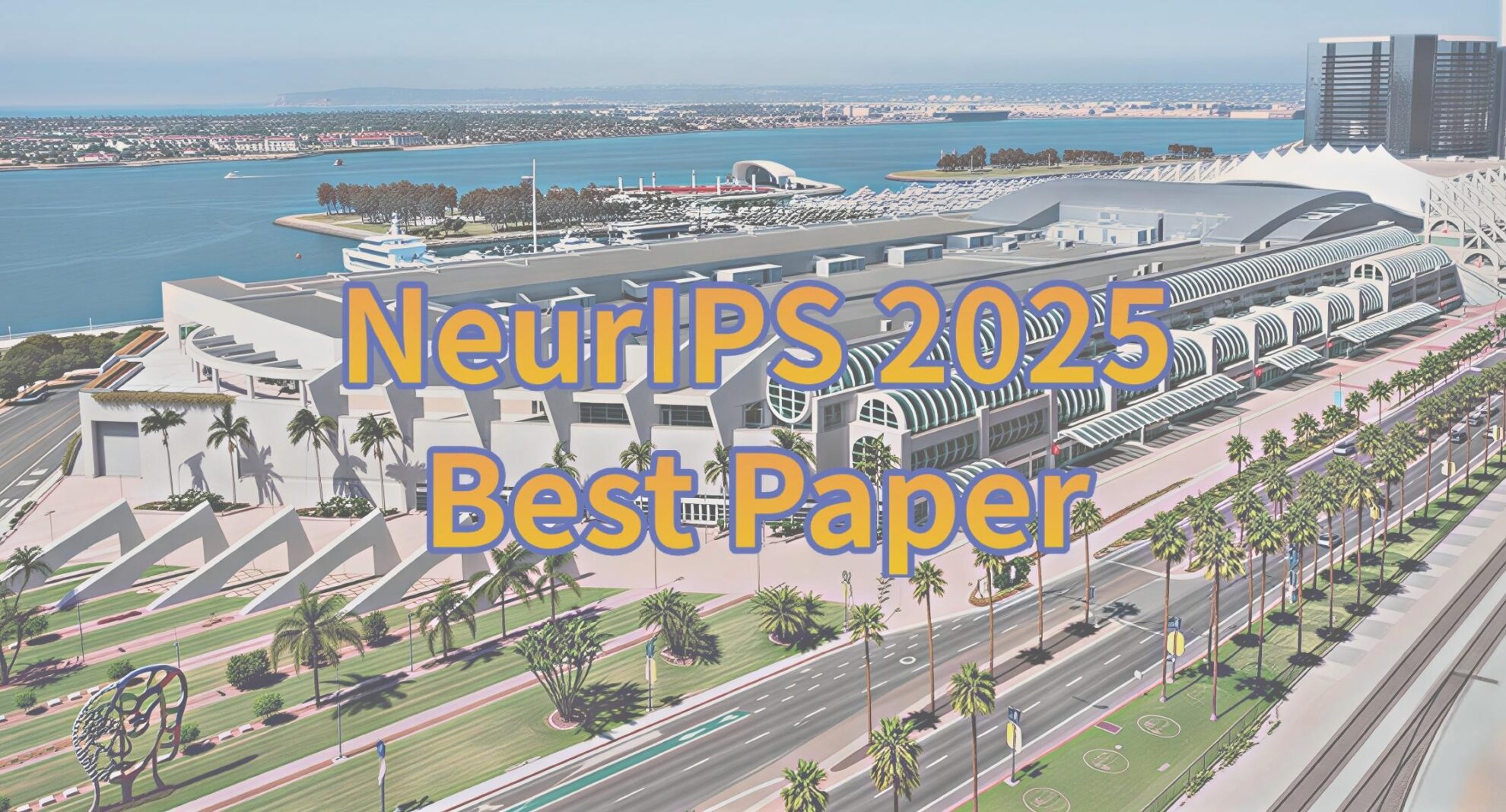AI Godfather Hinton Takes Charge, Materials Startup CuspAI Becomes One of the Most Noteworthy UK Startups
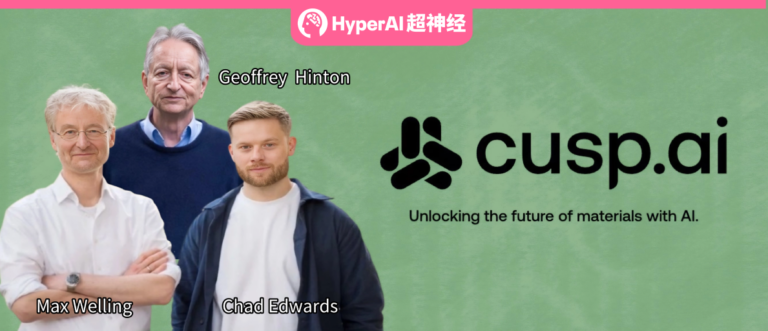
Recently, Bloomberg reported on the 25 most noteworthy startups in the UK, and materials startup CuspAI was among them.

As a startup, CuspAI’s strength should not be underestimated. Max Welling, a machine learning expert, is one of the company’s co-founders, and Geoffrey Hinton, a double winner of the Nobel Prize and Turing Award, is a board advisor to the company.
As we all know, after Hinton announced his resignation from Google, where he had worked for nearly 10 years, in May last year, he received invitations from many companies, but he rejected them all. Surprisingly, CuspAI successfully invited Hinton to "come out of retirement". How did this startup win Hinton's trust?
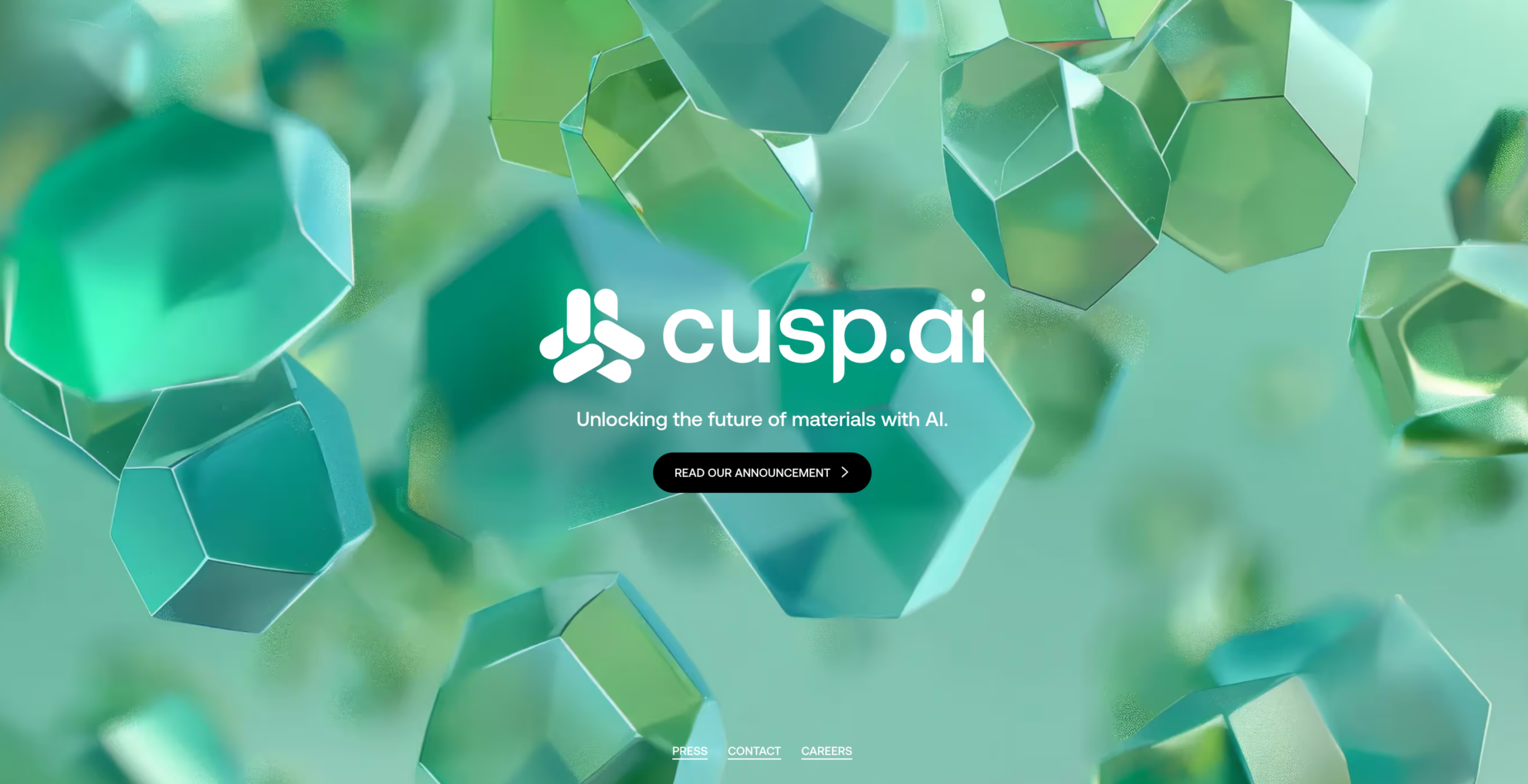
Company website:
https://www.cusp.ai/
Artificial intelligence godfather Hinton is in charge, Max Welling and Chad Edwards co-founded
CuspAI is a Cambridge-based AI startup founded in April 2024 that is committed to using generative AI technology to develop new materials to combat climate change.The company's founders are Chad Edwards and Max Welling.

Chad Edwards is a chemist.He received his PhD in nuclear fission and computational quantum chemistry from the University of Manchester and Karlsruhe Institute of Technology. He has worked on deep technology commercialization research at companies such as Google and BASF, and is also the head of strategy and product at quantum computing company Quantinuum.
The company's other founder, Max Welling, is a scientist with profound influence in the fields of machine learning and artificial intelligence.He is currently the Chair of Machine Learning Research at the University of Amsterdam and a Distinguished Scientist at Microsoft Research (MSR). Max Welling has extensive experience in both academia and industry, including serving as Vice President at Qualcomm Technologies, Professor at the University of California, Irvine, and Postdoctoral Fellow at the University of Toronto and University College London, during which he was mentored by Hinton, so to some extent, he is also Hinton's student.
In addition to the emotional card of the teacher-student relationship with Max Welling, CuspAI's success in inviting Hinton to "come out of retirement" is also closely related to the research direction chosen by the company.
“In the next decade, humanity will face many challenges. Some of these challenges are caused by artificial intelligence, while others can be solved by artificial intelligence,” Hinton said in a statement. “I am impressed by CuspAI and its mission to accelerate the design of new materials through AI to curb climate change.”And this may also be an important reason why Hinton chose to join the company.

After leaving Google, Hinton has been focusing on studying the potential risks of AI, among which the energy consumption problem caused by training large models is one of his concerns.
Studies have shown that training large AI models, especially those using deep learning algorithms, often requires thousands of high-performance GPUs or TPUs, working for weeks or even months. This huge computing demand consumes a lot of electricity, especially in areas where energy supply depends on fossil fuels, which will lead to significant carbon emissions. In response to this situation, Hinton is also strongly advocating the responsible use of AI, including its potential application in mitigating climate change. This coincides with CuspAI's business.
Paper address:
https://aclanthology.org/P19-1355.pdf
CuspAI Completes Largest Seed Round of Financing, and is Promising in the Industry
In 2015, 175 countries signed the Paris Agreement, which set a goal of achieving net zero greenhouse gas emissions in the second half of this century. According to the agreement, each party needs to submit a nationally determined contribution target to demonstrate its efforts and plans to reduce greenhouse gas emissions.Subsequently, many countries have successively announced the time nodes for "carbon peak and carbon neutrality", and a carbon reduction action sweeping the world and all industries is being carried out in full swing.
What followed was a series of energy management solutions based on innovative technologies, and AI is the backbone, playing a huge role in upgrading the energy structure, reducing carbon emissions, etc. For this reason, the combination of AI and the energy industry has been jointly supported by policies and capital markets, and the focus on using AI to explore carbon capture materials is CuspAI took advantage of the opportunity and received a seed round of financing of up to US$30 million (approximately RMB 217 million) on June 18 this year, becoming one of the largest seed rounds in Europe that year.
*Carbon capture and storage (CCS) is a technology that reduces carbon dioxide emissions in the atmosphere with the goal of slowing global warming and climate change by preventing carbon dioxide from entering the atmosphere.
The financing was led by Hoxton Ventures.Basis Set Ventures, Lightspeed Venture Partners, LocalGlobe, Northzone, Touring Capital, Giant Ventures, FJ Labs, Tiferes Ventures and Zero Prime Ventures participated in the round. Mehdi Ghissassi and Dorothy Zhou from Google Deepmind also participated as angel investors.

It is worth mentioning that the lead investor, Hoxton Ventures, has focused on climate technology and sustainable development as a key investment direction in recent years. On September 26, 2024, Hoxton Ventures once again invested in PACT as a lead investor. The company is committed to developing scalable natural collagen biomaterials and providing sustainable materials to replace traditional leather, thereby promoting the decarbonization of the fashion industry, and Hoxton Ventures has played a key role in supporting the scale-up of this technology.
In addition to being favored by investors, CuspAI also received an olive branch from Meta. CuspAI announced a partnership with Meta, which is working on a project called OpenDAC to accelerate the discovery of new carbon capture adsorption materials.
Yann LeCun, Turing Award winner and Meta's chief AI scientist, highly recognized CuspAI.“The world urgently needs to accelerate progress on cost-effective carbon capture technology, and we are confident that the CuspAI team can effectively address this challenge using AI-based materials discovery techniques.”

Recently, CuspAI has added four more general members: two world-renowned carbon capture experts, Professor Berend Smit and Professor Susana Garcia, have joined the team, Dr. Felix Hanke has become the company's new Vice President of Engineering, and Dr. Markus Hoffmann, who has worked at Google for more than ten years, has become its Chief Strategy Officer.
It is not difficult to find that whether it is the founding team or the new forces absorbed by the company later, CuspAI has always maintained a situation where AI experts and industry scientists keep pace with each other. This also ensures to a certain extent that when it faces ice-breaking tasks in the initial stage, it can not only accurately locate the actual pain points of the industry, but also better use AI innovative technologies.
AI supports the development of carbon capture technology, and carbon negative emissions are just around the corner
As the severe challenges of global climate change become increasingly prominent, carbon capture technology has become one of the key means to mitigate greenhouse gas emissions and achieve carbon neutrality. In particular, the addition of AI has brought revolutionary changes to the field of carbon capture. CuspAI said, “By 2050, this industry will be worth $4 trillion.”
In addition to CuspAI, there have been many universities and companies in the industry that have used AI for carbon capture research in the past two years. For example, in 2021, NVIDIA worked with Stanford University, California Institute of Technology, and Purdue University to develop a new AI-based tool called U-FNO, which aims to help simulate and predict the behavior of greenhouse gases such as carbon dioxide in porous rock structures faster and more accurately, effectively solving complex problems related to carbon capture and storage.
Paper address:
https://www.sciencedirect.com/science/article/abs/pii/S0309170822000562
In 2024, the University of Illinois Chicago (UIC) and Argonne National Laboratory collaborated to use the generative AI framework GHP-MOFsassembl to quickly assemble 120,000 new candidate MOFs in 33 minutes, greatly shortening the time and cost of screening carbon capture materials.
Paper address:
https://www.nature.com/articles/s42004-023-01090-2
Recently, Microsoft has partnered with ESB Energy in Ireland to launch a groundbreaking green hydrogen pilot project that uses zero-emission hydrogen fuel cells to power Microsoft's data center in Dublin, replacing traditional diesel generators. The project will not only help Microsoft achieve its goal of becoming a carbon negative company by 2030, but also help reduce the carbon footprint of data centers.

Additionally, Microsoft has upgraded its Sustainability Manager tool with added AI capabilities, such as Copilot, to simplify the analysis of sustainability data.
These developments show that the application of AI technology in carbon capture and climate change mitigation is becoming increasingly widespread and has great potential, providing new impetus and hope for achieving global carbon neutrality goals. With the continuous advancement of technology and the deepening of its application, we have reason to believe that AI will play an increasingly important role in opening up the future of materials and promoting sustainable development.
References:
2.https://www.craes.cn/xxgk/zhxw/202107/t20210715_847263.shtml
5.https://tech.eu/2024/09/26/pact-raises-9m-seed-to-industrialise-collagen-biomaterials/
Finally, I would like to recommend an academic event! Click on the picture to learn more about the event↓

